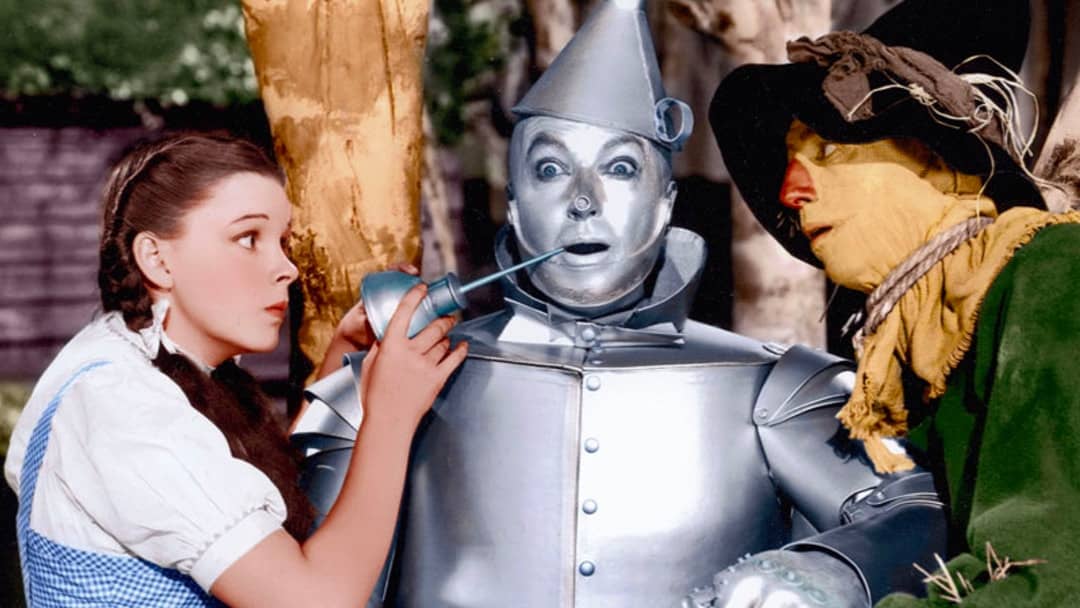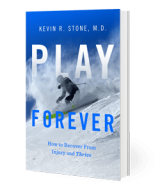Why HA Joint Lubrication Works
Hyaluronic acid (HA)—the natural lubricant of the human joint— is part of a large, electrically-charged sugar molecule that permits water to be absorbed and released from the cartilage surface of the joints. This provides durability and compressibility to the articular cartilage. Without HA we would all grind to a halt.

This article is adapted from Dr. Stone's book Play Forever.
Recent work has clarified the many reasons why an injection of HA into a painful or arthritic joint helps relieve symptoms. Though some people do not respond to HA injections, many do experience both mechanical lubrication and biochemical benefits.
Here are some highlights of this research:
- Friction. HA reduces friction, thereby decreasing the release of wear particles—bits of cartilage and bone that are rubbed off when two joint surfaces scratch against each other without protective lubrication. These wear particles are known to irritate the joint lining, producing pain and swelling. Amazingly, due in part to HA and the associated charged sugar molecules that interact with water, the coefficient of friction inside a normal knee joint is five times as slick as ice on ice.
- Permeability. HA is able to penetrate deeply into cartilage, directly affecting the cells that support cartilage (chondrocytes), as well as into the synovium (joint lining).
- Cell behavior. HA suppresses the genetic expression of several inflammatory molecules, acting as an anti-inflammatory and reducing joint swelling. It also reduces the production of degradative enzymes from the cells that break down cartilage—a process that accelerates arthritis.
- Scarring. Scar formation and subsequent loss of motion is one of the most disabling aspects of any joint injury or surgical intervention. HA affects certain antibodies and cell receptors involved in cell adhesion, which reduces the formation of scar tissue after injury or surgery.
- Collagen formation. Excess collagen formation is another mechanism by which scar tissue forms after an injury. HA suppresses the gene expression for the specific types of collagen involved in the formation of scars, but not the collagens involved in the formation of normal articular cartilage.
- Antioxidants. HA has been demonstrated to prevent chondrocyte cell death by promoting the expression of antioxidant enzymes.
- Pain. After an ACL rupture or any tissue tear in the joint, inflammatory molecules associated with pain (the COX-2 enzyme) are reduced by the application of HA. The activity of neurotransmitters that stimulate the pain receptors is also reduced.
- Long-lasting effects. Although injected HA may last only a day or two within the joint, its positive effects can last for months. Exactly why is unknown—but research suggests that HA’s continuing biologic and clinical benefits are most likely due to the early penetration of the HA into the tissues and its effect on the underlying cells. There is a natural increase in the production of HA after injection and an improvement in the physical properties of the synovial fluid. Our research and that of others have confirmed that when growth factors from PRP and birth tissues are added to an HA injection, the lining cells of the joint are stimulated to produce and release more HA into the joint over time. This is one of the reasons we always combine HA injections with growth factors.
HA is divided in the marketplace between low and high molecular-weight formulations. It is not clear which combinations provide the best balance between the physical effects of mechanical lubrication (high weight/crosslinked) and the biologic effects (low weight) of cell stimulation. Our clinical experience is that the efficacy of all HA injections is improved by the addition of growth factors to the injections often with up to a year of clinical relief even in severely arthritic joints.
Bottom line: squeaky joints get lubed and stimulated.

